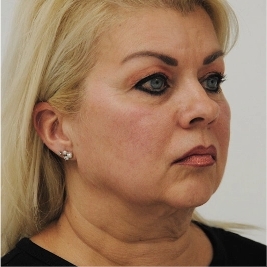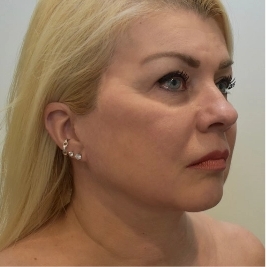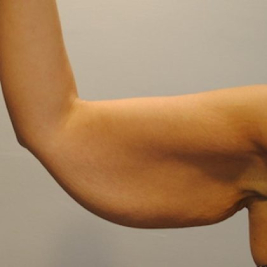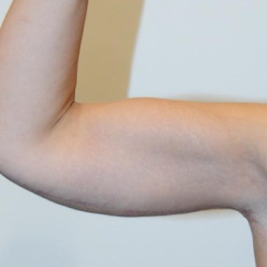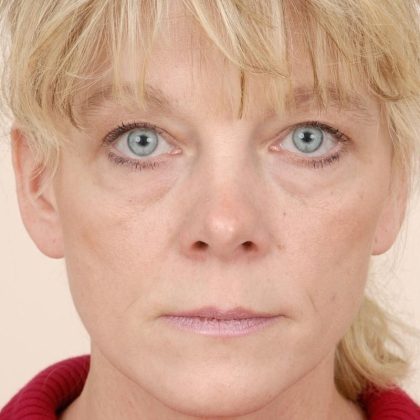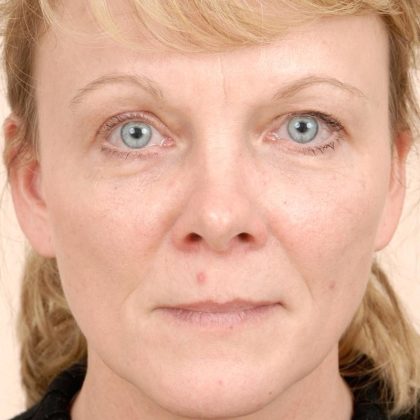Cheek Implants
Conveniently located to serve the areas of Montreal, Quebec

Dr. Doumit is an internationally recognized leader in facial surgery. He has authored a few plastic surgery textbook chapters and articles on facial and cheek implant surgery. Because of his experience, he was asked to design a cheek implant that is commonly used. Dr. Doumit also spent a year training with Dr Yaremchuk, a known world leader in facial cosmetic and implant surgery. Small facial (or cheek) implants of meticulous design can be implanted in the face to highlight cheekbones or to correct facial imbalance. These implants can be made of different materials: silicon, porous ethylene, or Goretex. All these materials have been tested for many years, are inert, do not disintegrate in the human body, and are well tolerated. Dr. Doumit commonly uses porous polyethylene implants as they integrate best with the bone and soft tissue. In addition, porous polyethylene implants can be fixed to the bone, hence ensuring no shift in their precise position after the surgery.
Before and After Photos
Ideal Candidate
Cheekbones are a major contribution to facial beauty. The mystery of a beautiful face is often linked to good cheekbones. Almost absent cheekbones or too little projection lead to the most frequent requests for this operation. Sometimes a long face would look rounder with more prominent cheekbones. Hollow cheeks can be rounded up with cheekbone implants (cheek enhancement). Different sizes and designs are available to the surgeon for implantation.
When the bones of the midface are weak, the eyes look prominent. On the profile, the eyes project beyond the cheek, a condition called a negative vector. Patients with negative vectors have less support for their cheeks and lower eyelids. With time, patients with negative vector skeletal morphology age prematurely. Their cheek / lower eyelids descend prematurely, compared to patients with strong midface bones. Deficient midface, scleral show, and prominent eyes are treated with an inferior orbital rim implant
Inferior orbital rim implant can be placed solely or in combination with a cheek implant.


Procedure
This operation is done under general anesthesia. It lasts about an hour or two. Surgery is performed with an incision in the mouth. Sometimes a second incision is placed inside the eyelid. Hence, there is no skin incision and no scar. The bone is exposed and the implant is then inserted to a precise position. The cheek implant (or inferior orbital rim implant) is fixed to the bone with a screw ensuring a precise position, without any risk of movement. The mucosa (mouth incision) is then closed.
Recovery
Cheek implants or inferior orbital rim implants do not cause much pain. Swelling and minor bruising are gone in 7 to 14 days. There is no scar, and all sutures will dissolve over 10 to 14 days.
Results
The results of your cheek implant (cheek augmentation) or inferior orbital rim implant are noticeable instantly following surgery. The majority of swelling will disappear over the first ten days following surgery. Cold compresses placed on the cheeks every hour for 15 minutes (first three days following surgery) will significantly expedite the resolution of your facial swelling. Your final results following cheek implant surgery should be visible within one to two months.
Safety
All procedures carry some risk. Possible complications from facial implant and chin surgery include: infection, bleeding, change in skin sensation due to nerve injury, swelling, and bruising.
Cost
- Silicone Implant: 8,950$
- Porous Polyethylene Implants (Medpore): 11,950$
